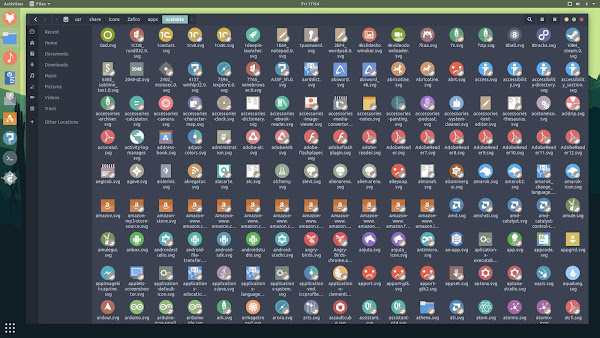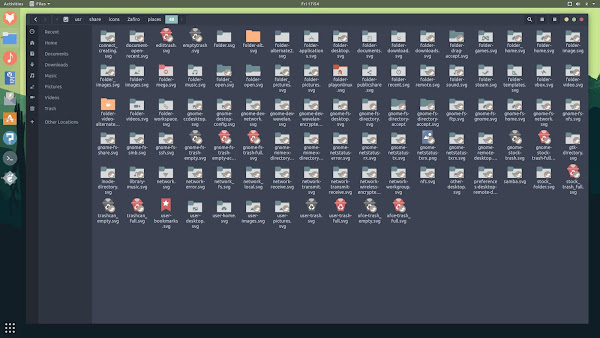Oct 26, 2018 — by Eric Brown
 Braiins has released an open source, OpenWrt based ASIC bitcoin miner stack called Braiins OS, featuring AsicBoost to reduce power usage. It’s compatible with Antminer and Dragonmint mining rigs and works with Braiins’ Slush Pool mining pool.
Braiins has released an open source, OpenWrt based ASIC bitcoin miner stack called Braiins OS, featuring AsicBoost to reduce power usage. It’s compatible with Antminer and Dragonmint mining rigs and works with Braiins’ Slush Pool mining pool.
Braiins Systems launched the first bitcoin mining pool with its eight year old Slush Pool (formerly Bitcoin.cz Mining), and has now released an alpha version of a new Linux distribution designed for ASIC mining. Based on OpenWrt, Braiins OS is billed as being the “first fully open-source, Linux-based system for cryptocurrency embedded devices.”
Braiins OS is optimized to work with Slush Pool, but you can use it with other mining pools as well. Images are available for Bitmain’s Xilinx Zynq-7000-based Antminer S9 and Halong Mining’s currently out of stock, Xilinx based DragonMint T1 mining rigs. According to the Bitcoin Magazine story that alerted us to Braiins OS, the company plans to slowly expand to other hardware, such as Pangolin Miner’s Whatsminer M10. The website also notes plans to support “images built for SBCs including Bitcoin & Lightning software.”
Antminer S9 (left) and DragonMint T1
(click images to enlarge)
Like other bitcoin mining packages, Braiins OS is designed to monitor hardware and its working conditions, as well as handle errors and report on performance. The firmware includes hacking tools to enable customized images. The OPKG packaged software offers “seamless firmware updates,” says Braiins. All factory transitional images are signed with GPG and uploaded to a set of GPG servers for verification.
Braiins OS can make use of bitcoin ASIC mining chips with AsicBoost technology, which is claimed to reduce power consumption by up to 20 percent. For the industry leading Antminer S9, Braiins taps Bitmain’s own algorithm, but the company intends to “switch to our custom open-source bitstream as soon as possible.”
Braiins OS screen
(click image to enlarge)
In the Bitcoin Magazine story, Braiins CEO Jan Čapek says that while Bitmain’s own Linux-compatible software for its Antminer systems is claimed to be open source, many features are covertly closed off. This makes it impossible to provide a proper software image to record the state of the mining system at a given time. Čapek also notes that the Bitmain software lacks open source FPGA code for the dual Cortex-A9 enabled Xilinx Zynq SoC, and other components are missing.
“The problem is that most of the people out there are not able to build a complete S9 image as it is not quite obvious that all the components are provided by Bitmain,” Čapek was quoted as saying. “To build a complete system you need the first stage bootloader (sometimes called SPL), u-boot, Linux kernel, Linux system (buildroot/openwrt?), FPGA bitstream (+ sources) and cgminer sources. So, there is quite more things that are to be reviewed that are still closed source.”
Bitmain also offers a backdoor called Antbleed designed to police stolen or hijacked hardware. It was the revelation of the existence of Antbleed that led Čapek to build the backdoor-free Braiins OS.
Further information
An alpha version of Braiins OS is available now. More information may be found on the Braiins OS website.











